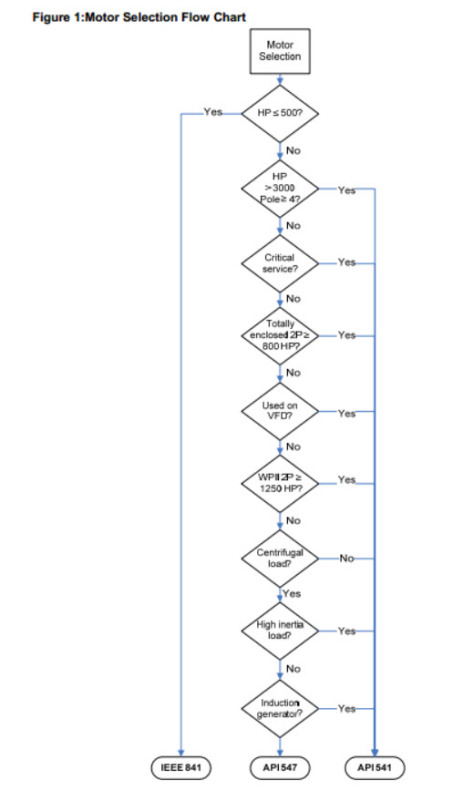Does anyone have good reference material on application of VFD on reciprocating compressor loads.
Existing facility experienced a motor insulation failure on a 150 HP 480 VAC compressor. It is not clear how much engineering was applied to the initial conversion of the compressor to VFD control, so I am trying to familiarize myself with the various considerations, to confirm whether improper controls/configuration could have contributed to the failure.
Existing facility experienced a motor insulation failure on a 150 HP 480 VAC compressor. It is not clear how much engineering was applied to the initial conversion of the compressor to VFD control, so I am trying to familiarize myself with the various considerations, to confirm whether improper controls/configuration could have contributed to the failure.

